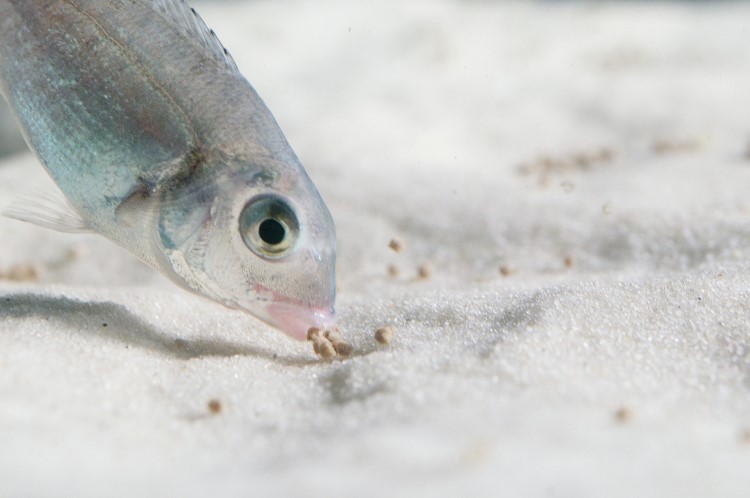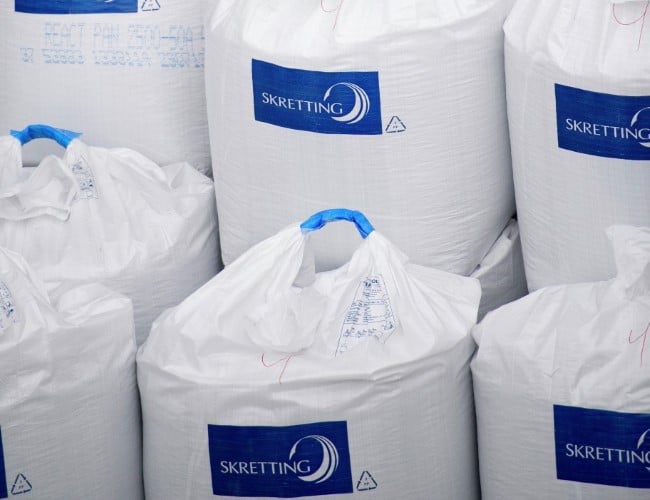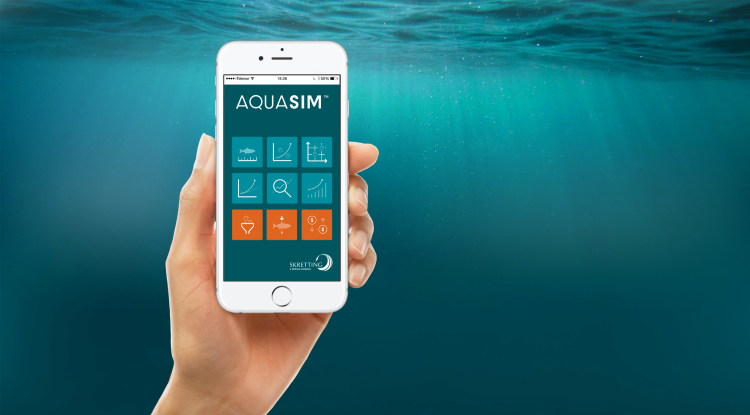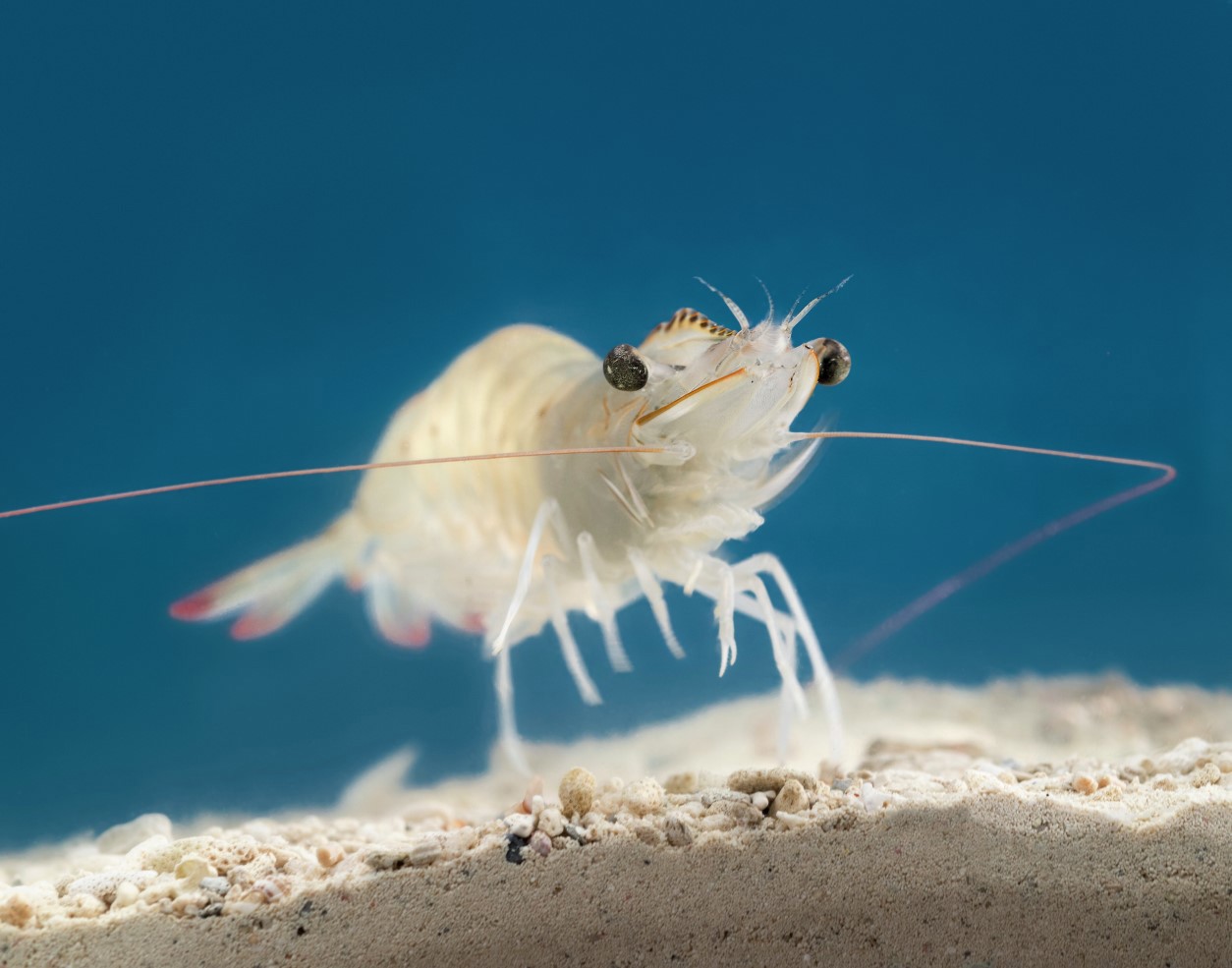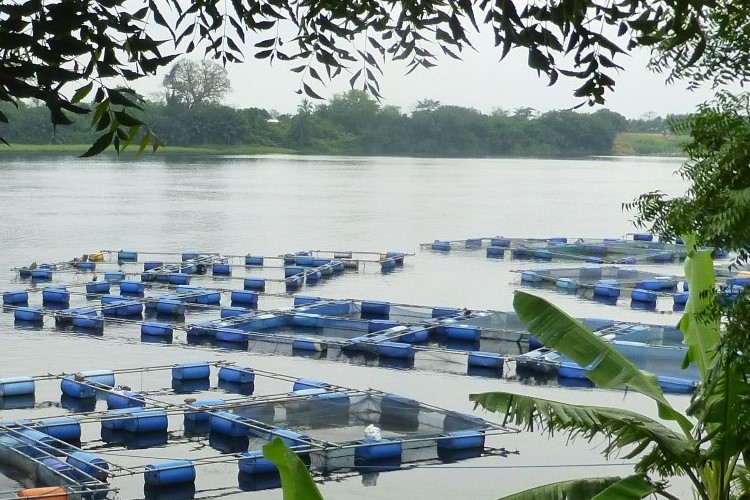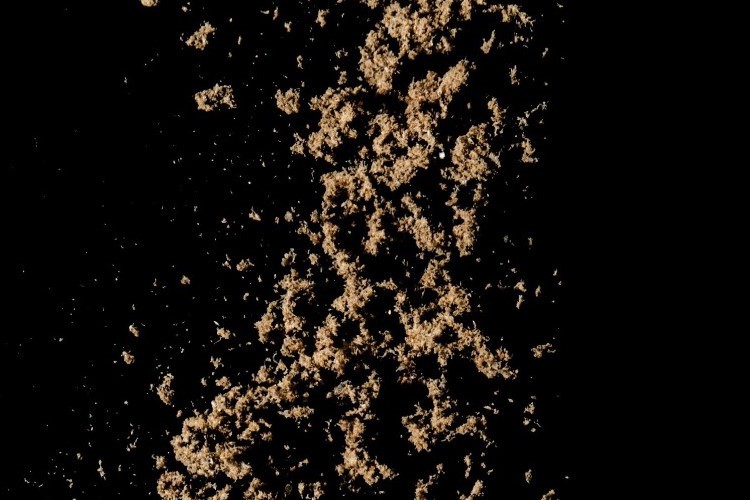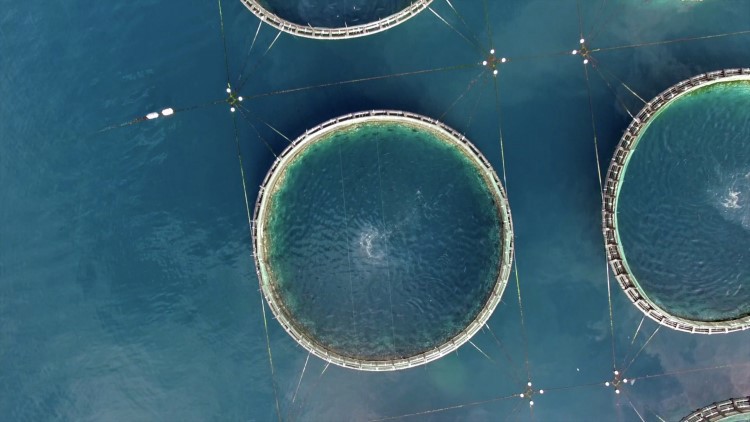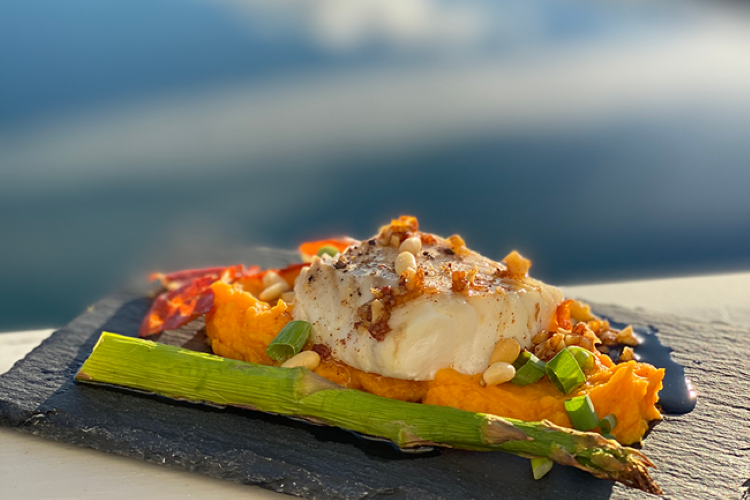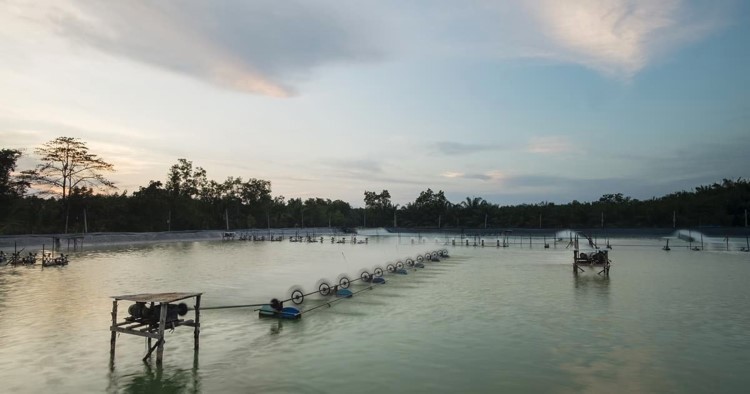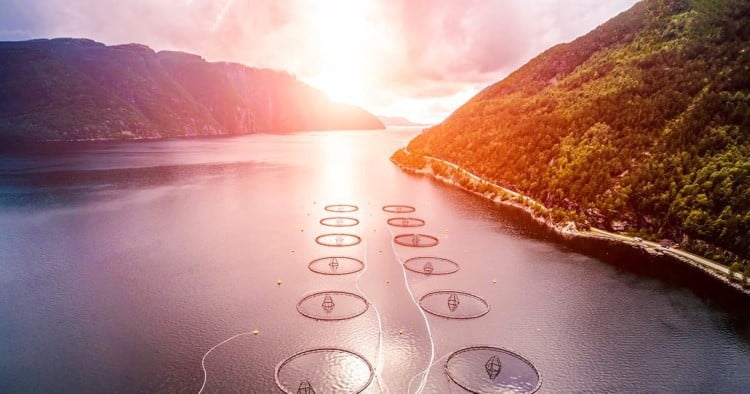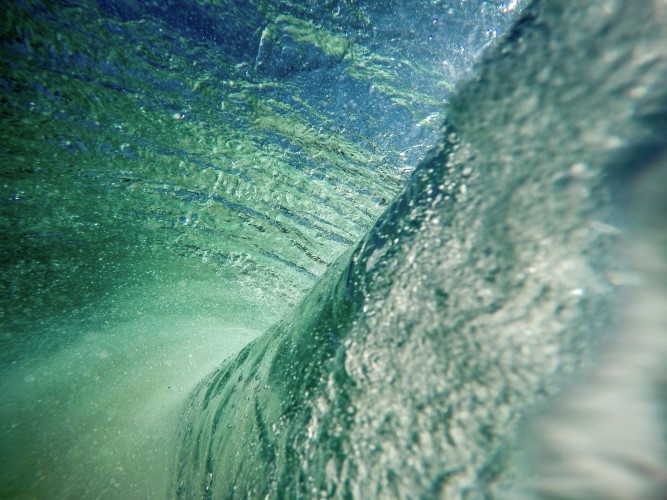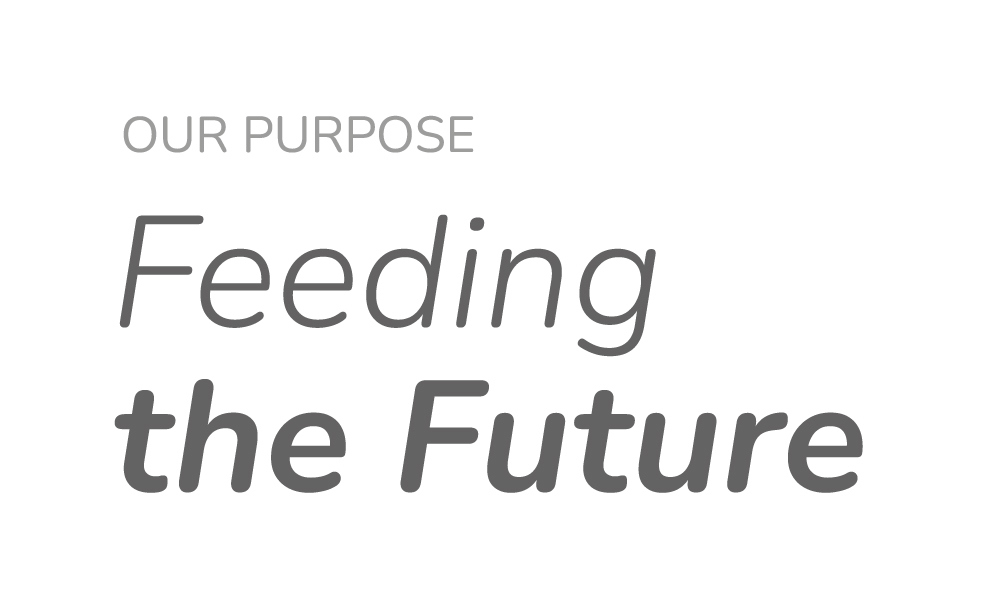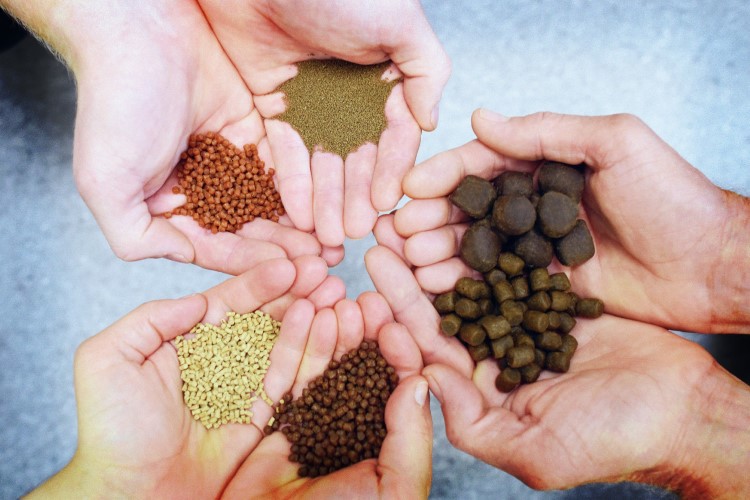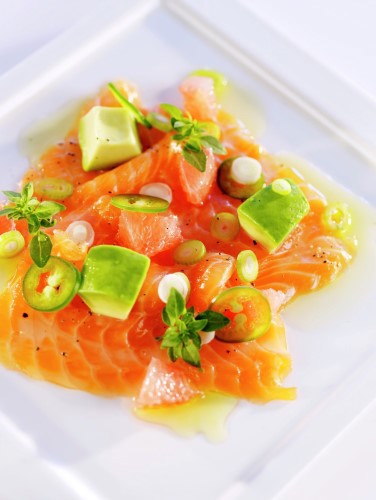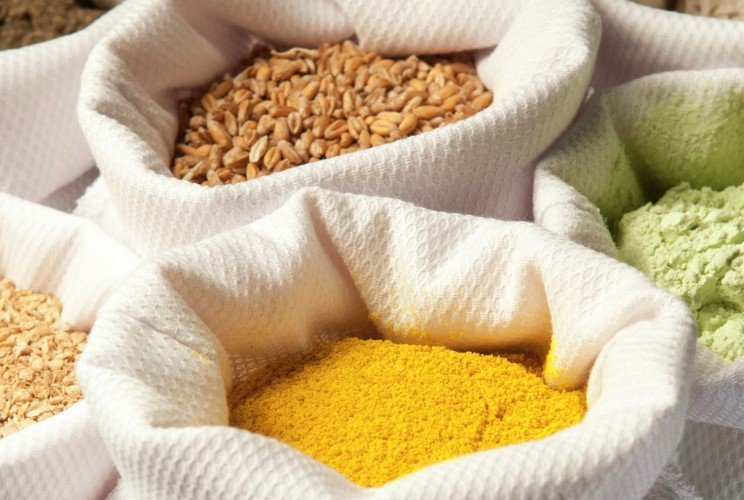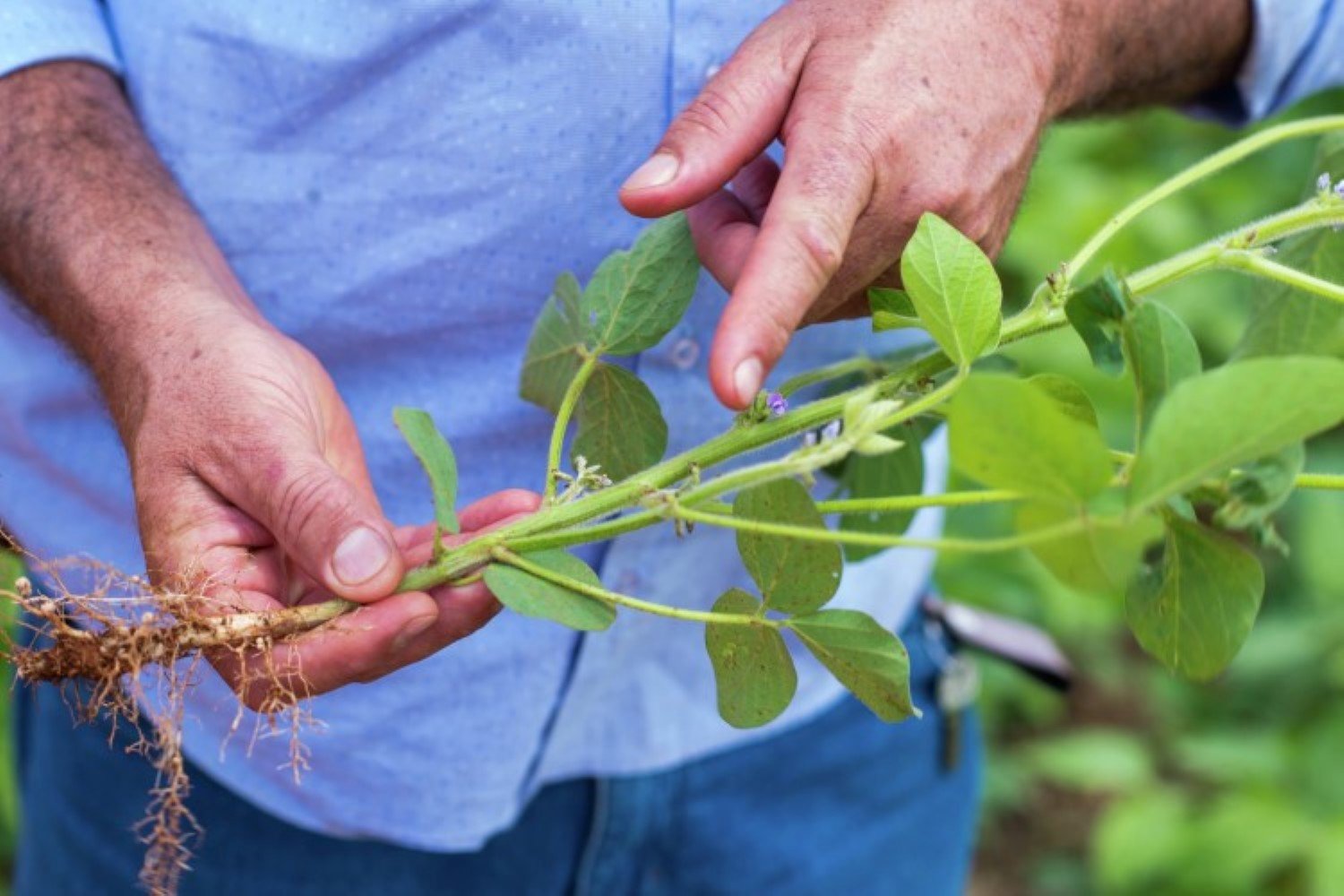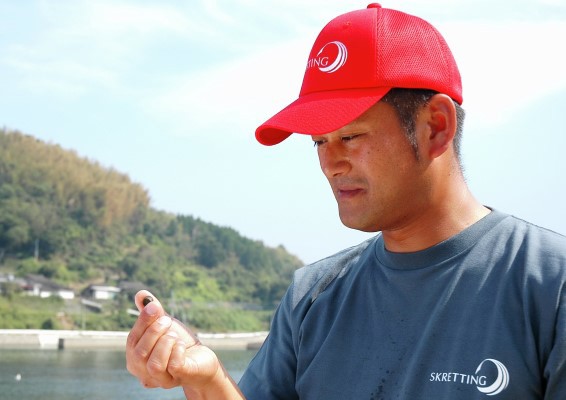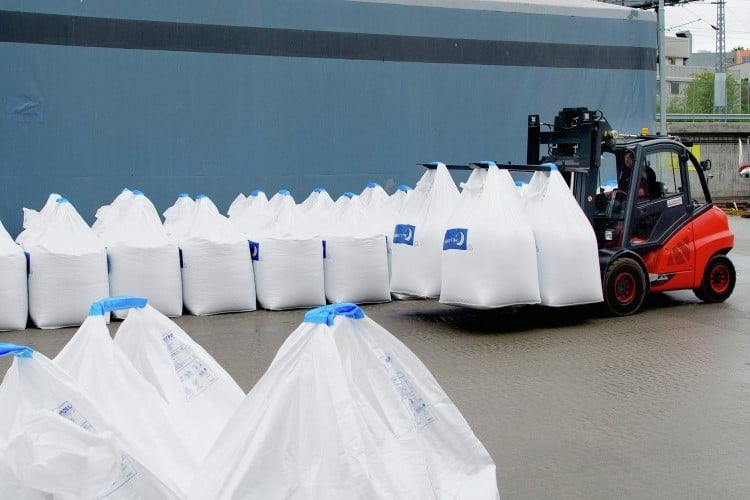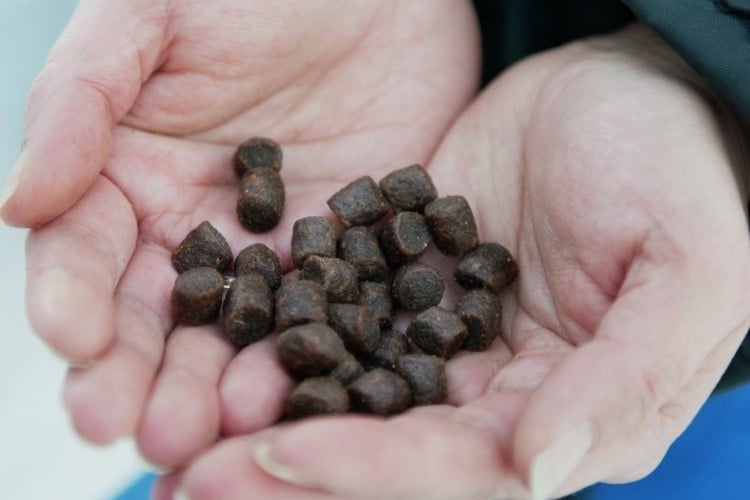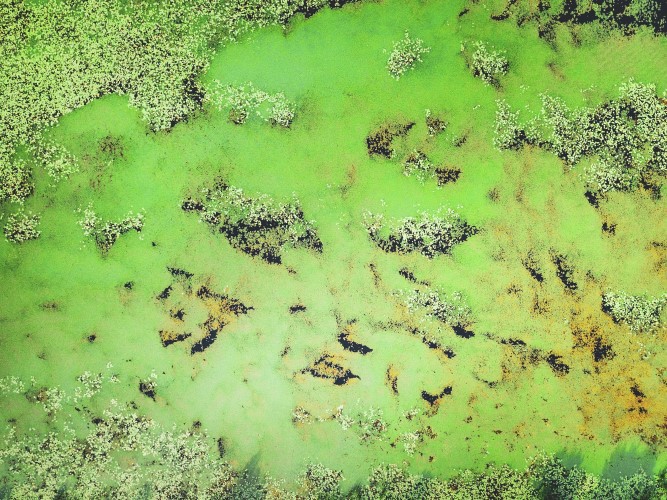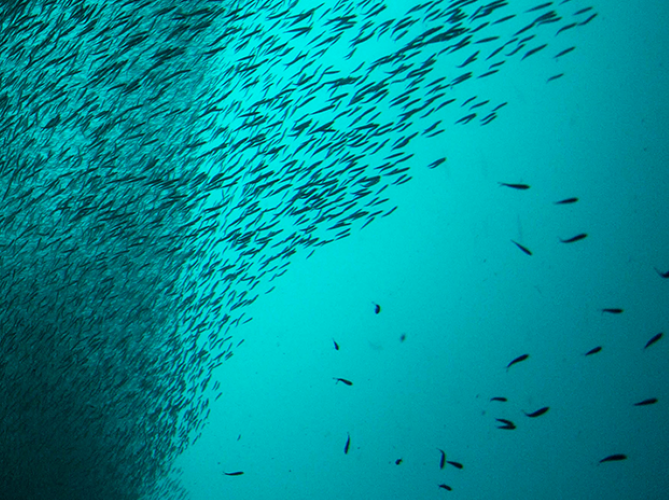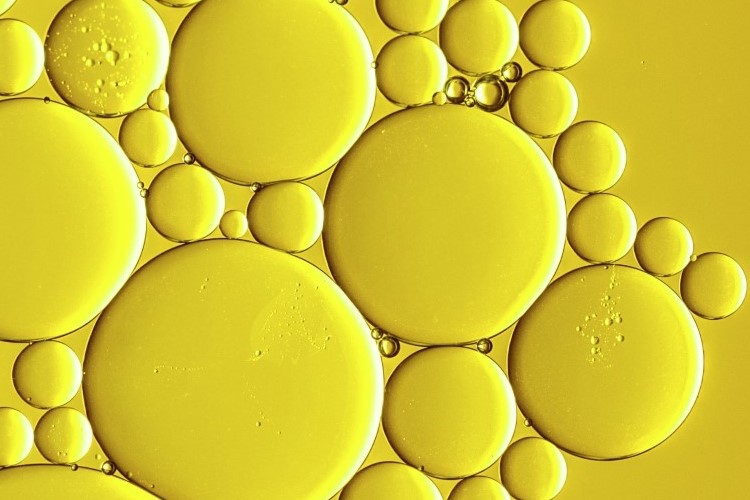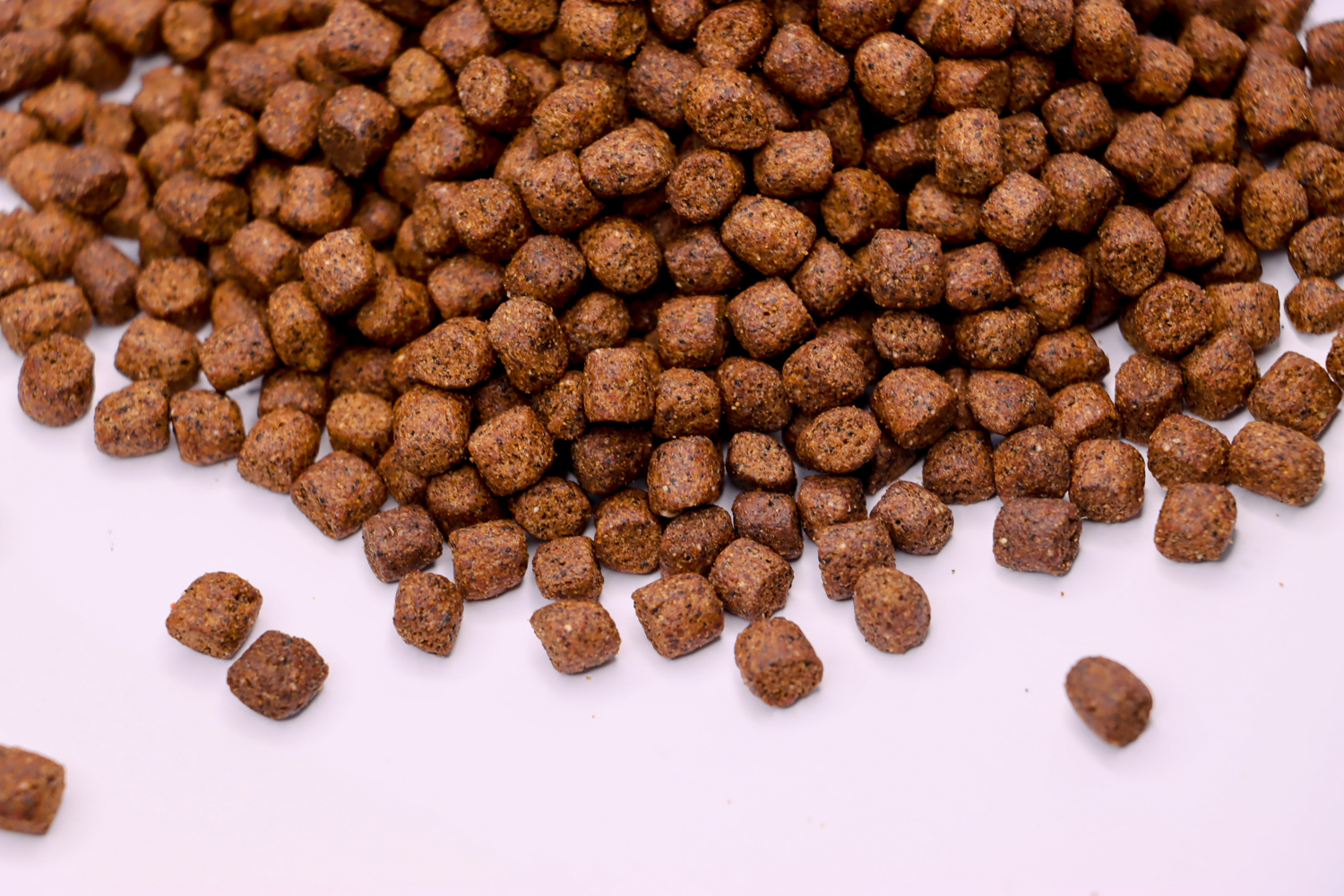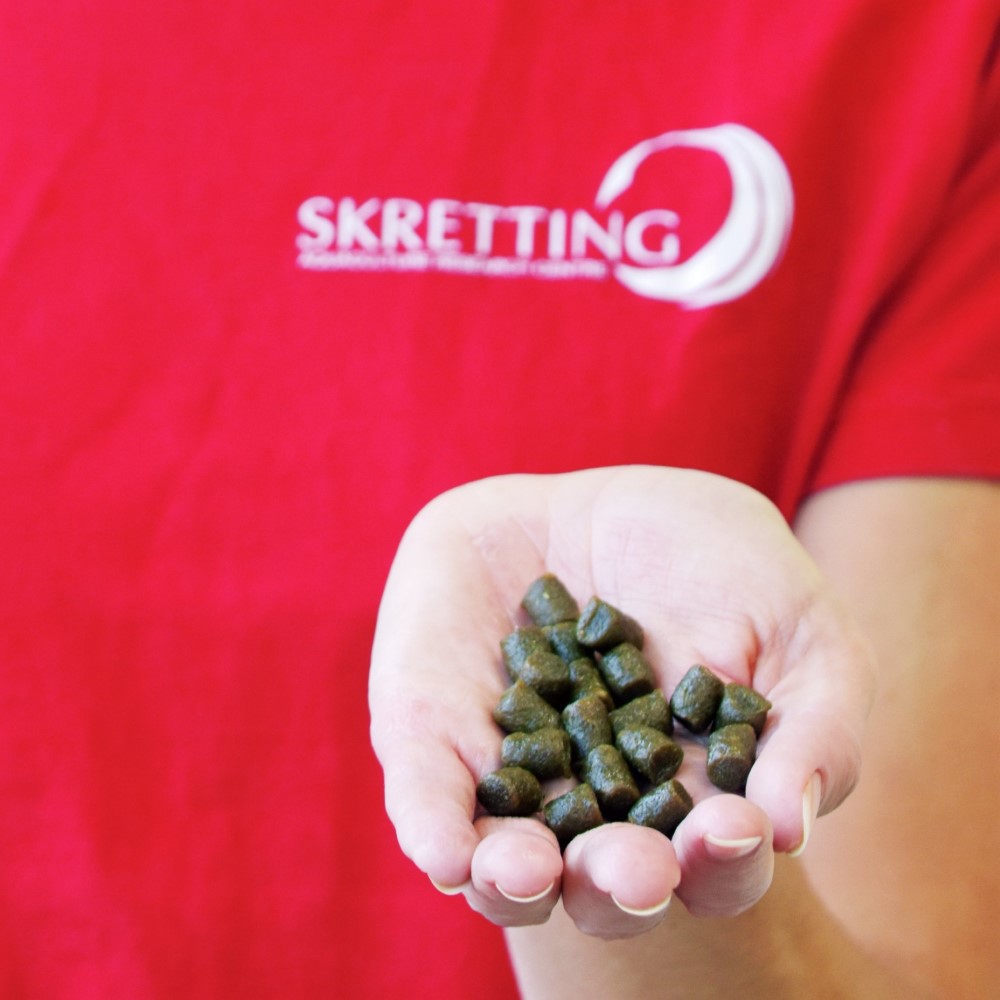Skretting's purpose is 'Feeding the Future', but what does that mean? Globally, there is increasing competition for land, water and energy – all of which will increasingly affect food production. Safe, high quality protein is essential, and aquaculture has the potential to provide this for a world population that is growing at an unprecedented rate.
We get a lot of questions about aquaculture - what it is and what it means - and here we are trying to answer some of these, largely from a fish and shrimp feed producer standpoint, but sometimes on behalf of the industry, to provide a clear understanding of aquaculture and of the measures we are taking to fulfil our purpose. We’re committed to achieving this with a strong focus on reducing our environmental footprint and increasing our positive social impact.
what the Global Seafood Alliance says about the importance of aquaculture
